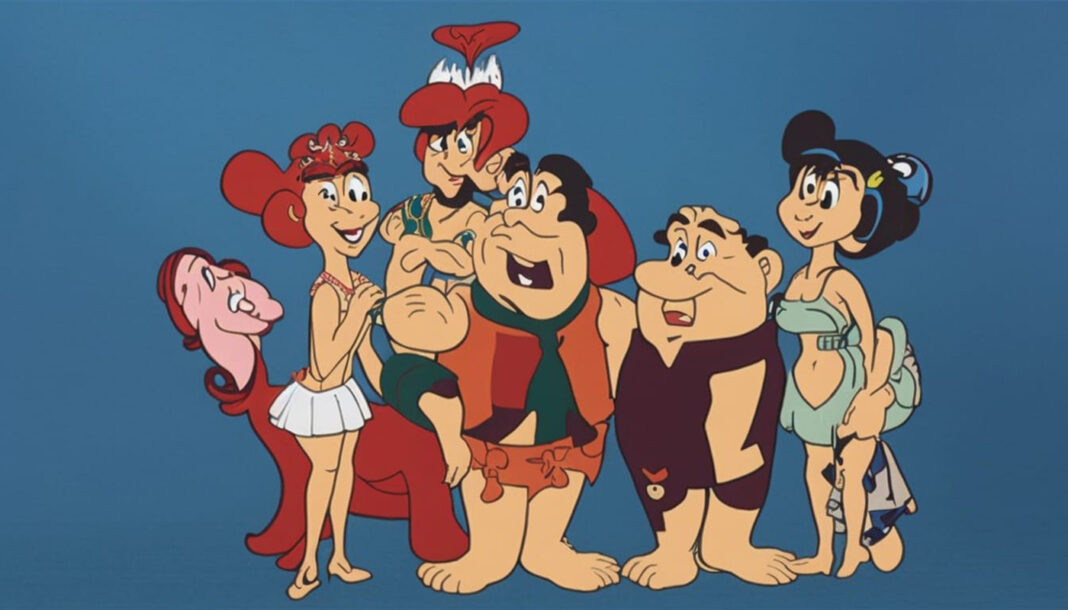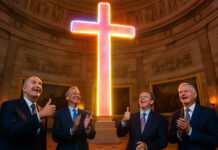Burbank, CA — In a shocking revelation, it turns out that the true inventor of LSD was none other than the creator of the beloved 1960s animated sitcom, The Flintstones. According to a recently published book, What a Long Strange Trip It’s Been, by Grass Valley, CA author Michael Stephen, animator Joe Barbera stumbled upon the psychedelic drug while experimenting with new ways to create vibrant colors for the show’s prehistoric landscapes.
“Barbera, known for his love of pushing the limits of animation, was said to have constantly been searching for new ways to make the Flintstones stand out from other cartoons of the time,” said Stephen earlier this week. “In a moment of sheer brilliance, he discovered that by dipping the animating cells in a solution of Lysergic acid diethylamide, he could create the most dazzling and psychedelic backgrounds the world had ever seen.”
However, according to Mr. Stephen, Barbera was forced to keep his discovery a secret due to the controversial nature of the drug and the fear of backlash from parents and conservative groups.
(adsbygoogle = window.adsbygoogle || []).push({});
“But, unbeknownst to him, the show’s animators began experimenting with the drug, leading to the wild and trippy animation sequences that have come to define the Flintstones. It’s no wonder the show’s catchphrase, ‘Yabba Dabba Doo,’ was a secret code used by the animators to signal that they were under the influence of LSD.”
LSD (Lysergic acid diethylamide) is a powerful psychedelic drug first synthesized in 1938 by Swiss-American chemist and political activist Albert “Abbie” Hoffmann. It produces profound changes in perception, mood, and thought. In the 1960s, it became a popular recreational drug and was widely used in the counterculture movement.
It turns out that the use of LSD was not just limited to the hippie subculture, but it was also an integral part of the cartoon animation industry of the 1960s.
With the help of LSD, animators were able to create vivid and imaginative animations that pushed the boundaries of what was possible in the medium. This is evident in the mind-bending animation sequences in shows like The Flintstones, which were unlike anything that had been seen before. The use of LSD in animation was so widespread that it even earned the nickname “the animator’s acid.” As a result, the animation industry of the 1960s was forever changed and continues to inspire animators to this day.
“The truth behind the show’s creation may shock fans,” continued Stephen, “but it’s a testament to Barbera’s boundary-pushing creativity and innovation. So next time you watch an episode of The Flintstones, remember to thank Joe Barbera, not just for the entertainment, but for introducing the world to the mind-bending world of LSD.”






